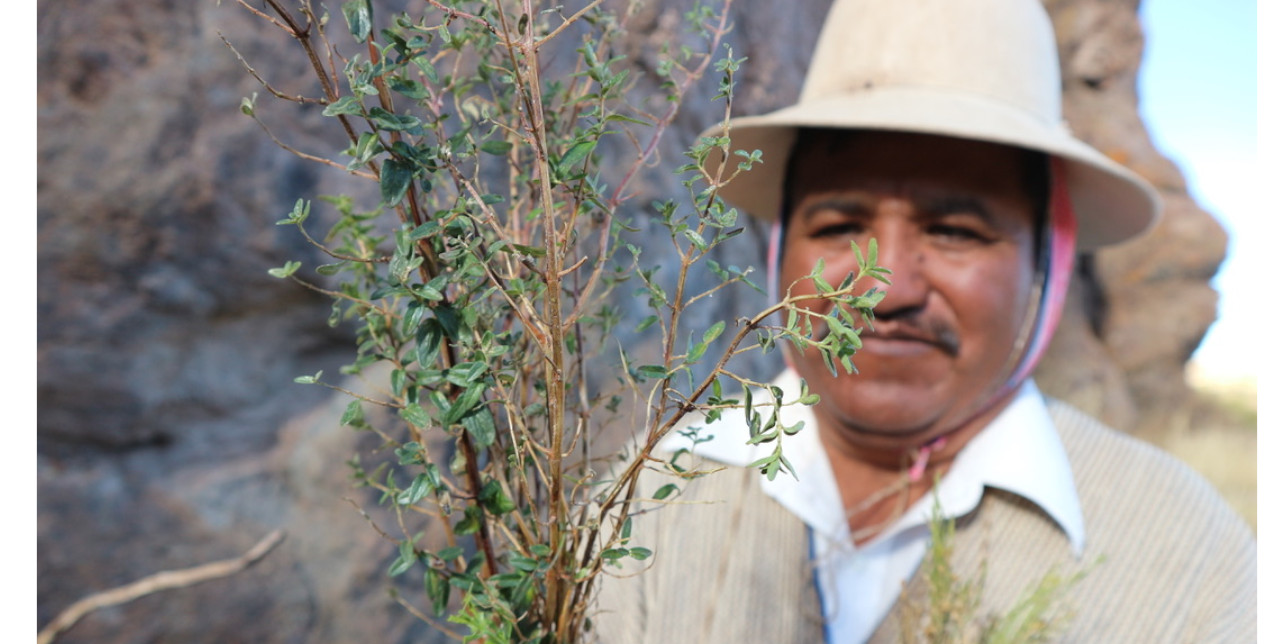17-06-2019 | di COOPI
Curanderos, naturistas, parteros. How the Uru-Chipaya treat themselves
Last year, as part of the "Chipaya: memories of water and wind. Towards new forms of community resilience" project, funded by the Italian Agency for Development Cooperation (AICS), we carried out a research, in collaboration with the University of Turin to investigate the use of community self-care.
The study entitled "Chipaya: research on the knowledge and use of medicinal plants", carried out between July and September 2018, aimed to investigate intercultural health pratices and the ancestral knowledge of the Chipaya people, by focusing on traditional medicine and curative plants.
The research showed that self-care is widely used to treat diseases that are not considered very serious or dangerous, such as respiratory diseases, diarrhea or urinary infections.
This common practice also highlighted how deeply local communities know their ancestral healing practices and medicinal plants , especially native species, handed down from generation to generation by the ancestors of each family. This tradition stresses the communities’ strong bondwith their territory and their sense of belonging to a common history.
The research also showed continuous references to hot and cold elements as the main causes of diseases – this trend emphasizes the constant climate changes, typical of the Andean plateau, which are strictly related to some typical categories of Andean medicine and to the Uru-Chipaya culture. The wind, for example, is a fundamental and constant element in Santa Ana, so much so as to give its name to a disease, the "mal del viento", causing facial paralysis.
The concept of well-being for the Uru-Chipayas
The concepts of disease, pain and healing take on very different meanings from those we are used to in the biomedical context. In fact, from the Andean medicine perspective, the well-being is associated with the physical, social and emotional balance of the person according to his/her age and gender. Its opposite, the enfermedad, or disease, represents a state of imbalance – in this case, the medicine not only treats the symptom, but the natural, social and physical context where the distress occurs.
For this reason, food and lifestyle also contribute to the health and well-being of the people. For instance, foods can be hot or cold, and each of them is eaten at certain times of the day, times of the year, or personal and social situations.
In the context of Uru-Chipaya traditional medicine, there are several specialists involved, among who:
- curanderos and curanderas deal with the spiritual aspects of the healing process, by using plants;
- naturistas know how to use herbs and medicinal plants;
- parteros and parteras take care of mothers from pregnancy to delivery and even after that.
As part of the "Chipaya: memories of water and wind. Towards new forms of community resilience" project which will end in 2020, we intend to develop research on traditional Chipaya medicine and its relations with biomedicine, as well as studying the use of the most common medicinal plants and collection methods, in collaboration with the UTO (Universidad Tecnica di Oruro), Oscar Plata, ethno-botanist and other Chipaya curanderos.
To complete this research, we intend to enhance these ancestral practices, encouraging the transfer of knowledge from curanderos and old people of the community to new generations, as well as the use of the plants in the greenhouses of the schools of Chipaya.
Many thanks to Elena Cardano of the University UNITO of Turin, for her collaboration




 Bolivia
Bolivia